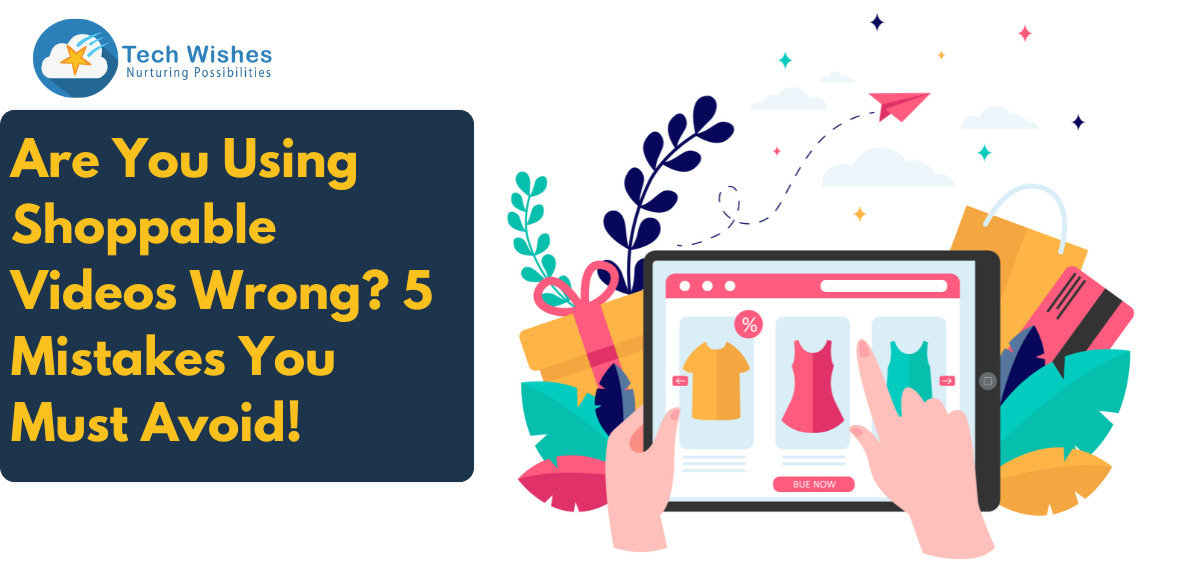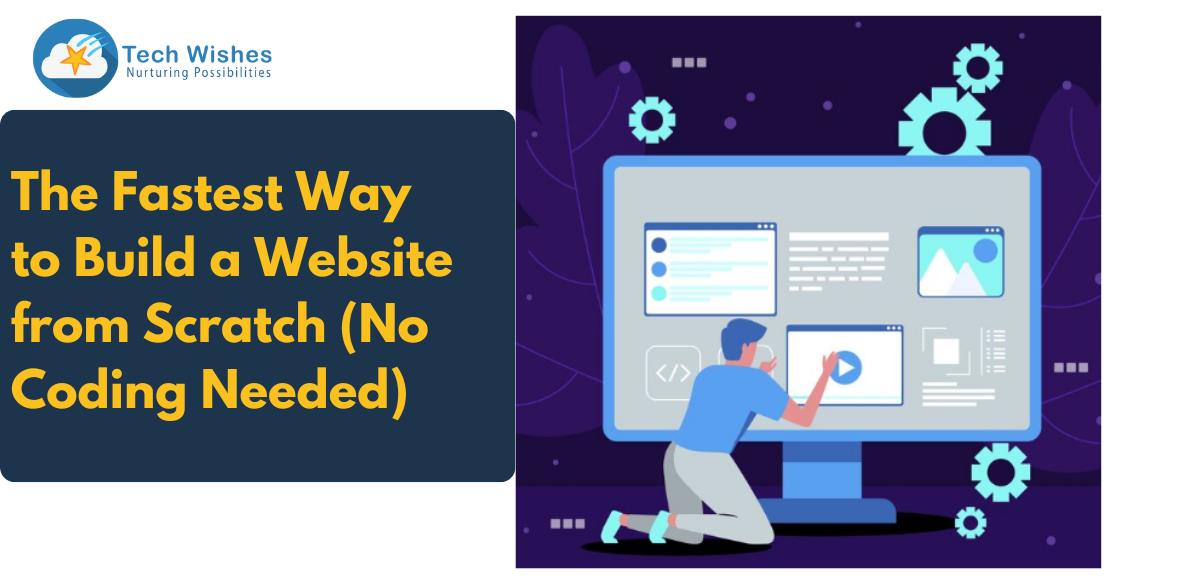In today’s competitive digital landscape, data-driven decisions are the key to success. For businesses, especially those running on Shopify, understanding how users interact with your website is crucial. Google Analytics is a powerful tool that provides insights into user behaviour, and one of its most valuable features is the ability to set up Goals.
Brief Overview of Google Analytics Goals
Google Analytics Goals are specific, measurable actions that you want users to complete on your website. These could be anything from purchasing to signing up for a newsletter.
Importance of Setting Up Goals
Setting up Goals in Google Analytics is not just a good practice—it’s essential for understanding your website’s effectiveness. Goals help you measure the success of your marketing campaigns, optimize user experiences, and ultimately increase conversions.
What Are Google Analytics Goals?
Google Analytics Goals are predefined actions that users take on your website that you want to track. These actions could range from visiting a specific page to spending a certain amount of time on your site.
Purpose and Benefits
The benefits of tracking these Goals include:
Improved Decision-Making: By understanding which actions lead to conversions, you can make informed decisions about where to focus your marketing efforts.
Enhanced User Experience: Goals help identify areas where users might be dropping off, allowing you to improve the overall user experience.
Types of Goals in Google Analytics
There are four primary types of Google Analytics Goals, each designed to track different user interactions.
Destination Goals
A Destination Goal is triggered when a user reaches a specific page or URL on your website. This type of Goal is ideal for tracking key conversion points like thank-you pages, order confirmations, or sign-up completions.
Use Cases
E-commerce: Tracking when a customer completes a purchase and reaches the order confirmation page.
Lead Generation: Monitoring when a user submits a contact form and lands on a thank-you page.
Duration Goals
Duration Goals track the amount of time a user spends on your website. This type of Goal is useful for measuring user engagement, especially if your content is designed to keep users on your site for an extended period.
Use Cases
Content Marketing: Tracking how long users stay on your blog or informational pages.
Engagement: Measuring user engagement on resource-heavy pages, such as guides or product tutorials.
Pages/Screens per Session Goals
Pages/Screens per Session Goals are triggered when a user views a specific number of pages or screens in a single session. This Goal helps measure how deeply users engage with your website content.
Use Cases
E-commerce: Monitoring user interaction with multiple product pages.
Content Sites: Tracking how many articles or blog posts a user reads during their visit.
Event Goals
Event Goals track specific interactions on your website, such as clicks on a button, video plays, or downloads. This type of Goal is highly versatile and can be customized to track a wide range of user actions.
Use Cases
Interactive Features: Tracking user engagement with videos, calculators, or quizzes.
Downloads: Measuring how many users download a particular resource, such as an eBook or a PDF guide.
How to Set Up Goals in Google Analytics
Setting up which Goals are available in Google Analytics is a straightforward process, but it requires careful attention to detail to ensure accuracy.
Accessing Admin Panel
Log in to your Google Analytics account.
Navigate to the Admin panel by clicking on the gear icon in the lower-left corner.
In the Admin panel, select the view where you want to set up Goals.
Creating a New Goal
Under the View column, click on “Goals.”
Click the “+ New Goal” button to start creating a new Goal.
Configuring Goal Details
Choose a template or select “Custom” for more control over the Goal setup.
Name your Goal and choose the type (Destination, Duration, Pages/Screens per Session, or Event).
Configure the specific details for the Goal based on the type you selected.
Examples of Goal Configurations
E-commerce Tracking
For an e-commerce site, set up a Destination Goal to track when users complete a purchase and reach the thank-you page. This will help you measure your conversion rate accurately.
Lead Generation
Set up a Destination Goal for lead generation by tracking when users submit a form and reach a thank-you page. This is essential for measuring the effectiveness of your lead-generation campaigns.
Engagement Metrics
Use Duration Goals to track how long users stay on your site, or Pages/Screens per Session Goals to monitor how many pages they visit. These metrics are critical for understanding user engagement with your content.
Best Practices for Google Analytics Goals
Setting Clear Objectives
Before setting up Goals, ensure that they align with your business objectives. Each Goal should have a clear purpose that directly contributes to your overall strategy.
Regular Review and Adjustment
Regularly review your Goals to ensure they are still relevant and accurately configured. Adjust them as needed based on changes in your business or website structure.
Integrating Goals with Other Tools
Integrate Google Analytics Goals with other tools, such as Google Ads or CRM systems, to get a more comprehensive view of your marketing performance and customer journey.
Common Mistakes to Avoid
Misconfigured Goals
Ensure that your Goals are correctly configured to avoid tracking errors. Double-check URL destinations, event parameters, and other settings during setup.
Ignoring Data Analysis
Don’t just set up Goals and forget about them. Regularly analyze the data to gain insights into user behaviour and make informed decisions.
Lack of Goal Alignment with Business Objectives
Make sure your Goals align with your business objectives. Misaligned Goals can lead to wasted efforts and missed growth opportunities.
Setting up Google Analytics Goals is a powerful way to measure the success of your Shopify store and drive business growth.
Importance of Monitoring and Adjusting Goals
Continuous monitoring and adjustment of your Google Analytics Goals are crucial for staying on top of your digital marketing strategy. As your business evolves, so should your Goals, ensuring that your Shopify store remains competitive and successful in an ever-changing digital landscape.
With the expertise of Tech Wishes, you can effectively set up and manage these Goals, driving your business towards sustained growth and success.




